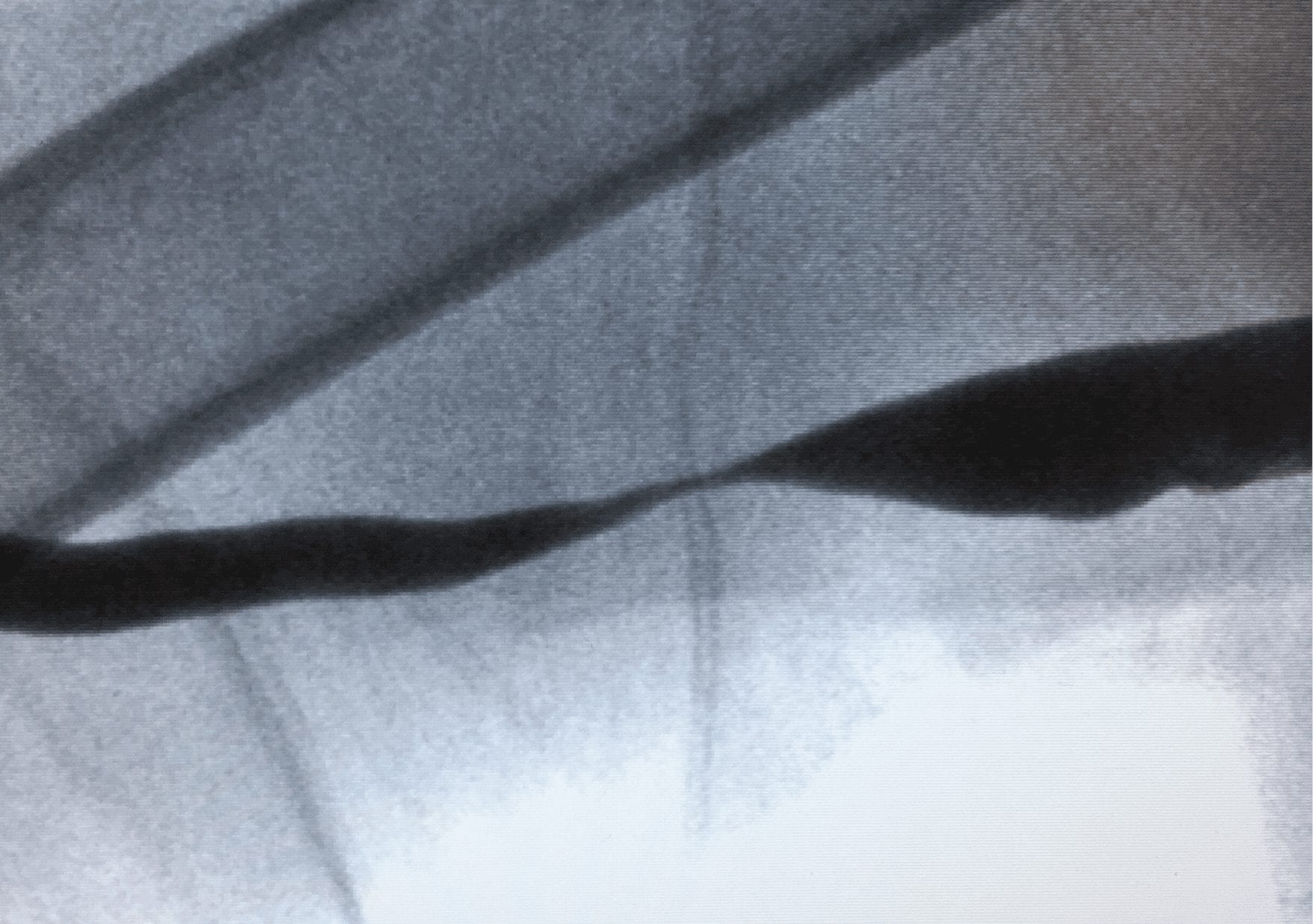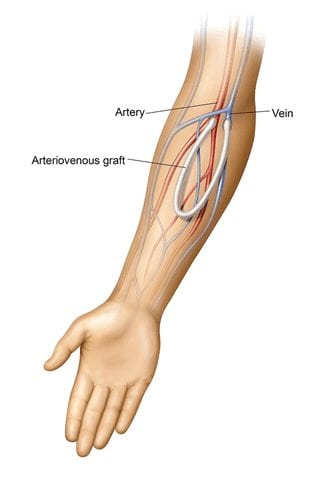A New Solution For
VASCULAR DISEASE
End Stage Renal Disease (ESRD) Is A Large Problem in the US
- Nania, R., Medicare Extends Special Services to People With Kidney Failure, AARP, October, 2019
- United States Renal Data System, 2020 USRDS Annual Report
End Stage Renal Disease (ESRD) Is A Large Problem in the US
- Nania, R., Medicare Extends Special Services to People With Kidney Failure, AARP, October, 2019
- United States Renal Data System, 2020 USRDS Annual Report
Arterial Fistulas and Grafts
Over two million patients globally use hemodialysis to treat ESRD.1 The Hemodialysis procedure is where the blood is filtered out through a hemodialysis machine and then returns it to the body when the kidneys are unable to function.
Hemodialysis is the most common method of renal replacement therapy and most often performed after creating a mature AV access site. However, these AV access sites typically have high failure rates due to stenosis. Physicians are always searching for effective and durable treatment options of AV stenosis. PTA is the most common procedure to gain vascular access in an stenosed AV fistulas and grafts. Patency rates can be as low as 23% at 6 months in AVF’s and AVG’s.2 The FLEX Vessel Prep™ System offers a unique approach to opening stenosis with potentially less trauma that may yield longer lasting patency.
References:
- U.S. Renal Data System, USRDS 2013 Annual Data Report: Atlas of End-Stage Renal Disease in the United States, National Institutes of Health, National Institute of Diabetes and Digestive and Kidney Diseases, Bethesda, MD, 2014.
-
Kitrou, P.M., Karnabatidis, D., Endovascular Treatment of Dysfunctional Vascular Access: From Fundamentals to an Algorithmic Approach, Endovascular Today Supplement, Fall 2019
Over two million patients globally use hemodialysis to treat ESRD.1 The Hemodialysis procedure is where the blood is filtered out through a hemodialysis machine and then returns it to the body when the kidneys are unable to function.
Hemodialysis is the most common method of renal replacement therapy and most often performed after creating a mature AV access site. However, these AV access sites typically have high failure rates due to stenosis. Physicians are always searching for effective and durable treatment options of AV stenosis. PTA is the most common procedure to gain vascular access in an stenosed AV fistulas and grafts. Patency rates can be as low as 23% at 6 months in AVF’s and AVG’s.2 The FLEX Vessel Prep™ System offers a unique approach to opening stenosis with potentially less trauma that may yield longer lasting patency.
References:
- U.S. Renal Data System, USRDS 2013 Annual Data Report: Atlas of End-Stage Renal Disease in the United States, National Institutes of Health, National Institute of Diabetes and Digestive and Kidney Diseases, Bethesda, MD, 2014.
-
Kitrou, P.M., Karnabatidis, D., Endovascular Treatment of Dysfunctional Vascular Access: From Fundamentals to an Algorithmic Approach, Endovascular Today Supplement, Fall 2019




